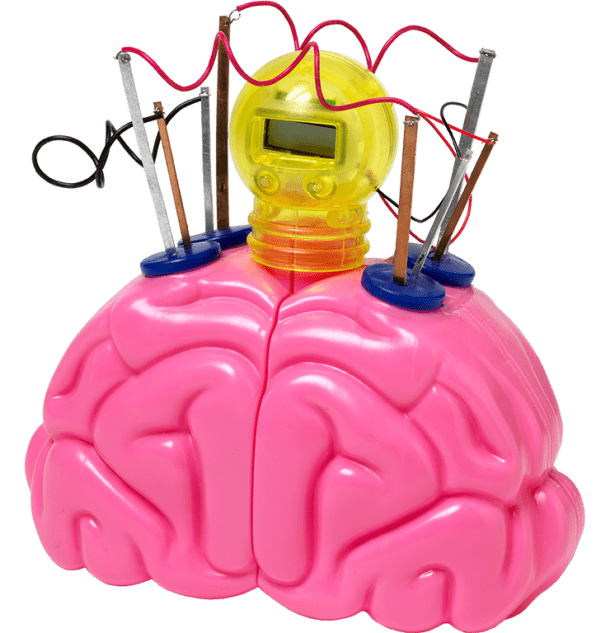We have now started February half term so the kids are off school for a week. That means that we now have a week to fill and trying to find fun activities to do. With two weekends of dreadful storms, outside play is pretty much out of the question. So for the most part we will be staying at home.
Just because the kids are off school doesn’t mean that their education has to stop. Children can learn a lot at home with the aid of fun and educational games and activity kits. Education is a very important thing not just a child’s life, but also in adults. We are always constantly learning, whether it is a new recipe, how to program your latest device or learning new words in the latest book you are reading. Children spend a lot of time in school learning new things in a structured way, but is that enough?
No it isn’t! Children also need to learn at home to supplement what they are learning in school and to learn things that that haven’t been already been taught. The most important thing that parents and carers can do is read to/with your children for a least 10 minutes per day, but reading alone is not enough. Maths, English and Science are needed just as much at home.
John Adams have an excellent science range to help children learn about science in different forms and we were delighted to received Thinking Time – a clock powered by brain chemistry!
Thinking Time is a science kit that powers a digital clock using a brain and chemistry.
In the box is:
- Brain segments (x4)
- Bungs (x4)
- Zinc Rods (x4)
- Copper electrodes (x4)
- Connection Wires (x4)
- Clock
- Clock housing (front, back & buttons)
- Instructions
Thinking Time comes in kit form and needs assembling to create the time piece. The kids couldn’t wait to get started. As it is the brain that powers the clock (housing the water required to create the electricity to power the clock), this needs the four pieces slotting together. Once slotted together each section filled with cold water. A bung is then inserted into each brain section. The clock is then assembled into the clock housing along with the buttons.

Once the brain and clock are assembled, separate the wires, zinc and copper rods. You then thread the wire thorough one end of the zinc rod (silver) and twist it on and the connect the other end of the wire in the same way to one of the copper rods (copper). Repeat this process on two more of the zinc and copper rods (leaving one zinc and one copper rod). On the remaining two rods, thread the black wire from the clock onto the zinc rod and the red wire onto the copper rod making sure both ends of the wire are twisted on.
Now that the brain was assembled, filled with water along with the wires, clock and rods connected all we had to do was insert them in to the pink coloured brain and wait for the water to create a reaction and generate electricity to power the clock. To do this we had to push the zinc and copper rods through the slots on the bungs (the rods can easily bend so be be very gentle) into of each brain segment and place the clock housing on top of the brain. When pushing the rods through, make sure that they do not touch each other inside the brain segment.
Once all the rods are pushed into the brain and into the water, the display on the clock comes on. You can then set the time and date on the clock by using the two push buttons.
Overall, Thinking Time is an excellent kit to show how electricity is made and can power things. It is a fantastic introduction to conductivity and electrical current for children which shows their results with the aid of a clock. It shows how when zinc and copper rods are placed in water, a chemical reaction will occur and how negatively charged particles (electrons) move from zinc to copper to form an electrical current using water and therefore powering the clock. When the kids see the result it leads to lots more questions on how things work.
Once the questions start, the instruction leaflet will come in handy. You can use it to tell them how each section of the brain (cell) is around 1 volt and that combined create a 4 cell, 4 volt battery. Once a device, in this case the clock, is connected, the circuit is completed and power is generated.
It took between 30 to 45 minutes to complete and the kids were over the moon with the finished result. The threading of the wires can be a little tricky for youngsters or anyone that is not quite so dexterous. Adult supervision is definitely required.
We all loved Thinking Time, it was a fun activity to do as a family with plenty of educational benefits.
Rating: 5/5
RRP: £12.99
For more information, visit www.johnadams.co.uk.
![]()
















